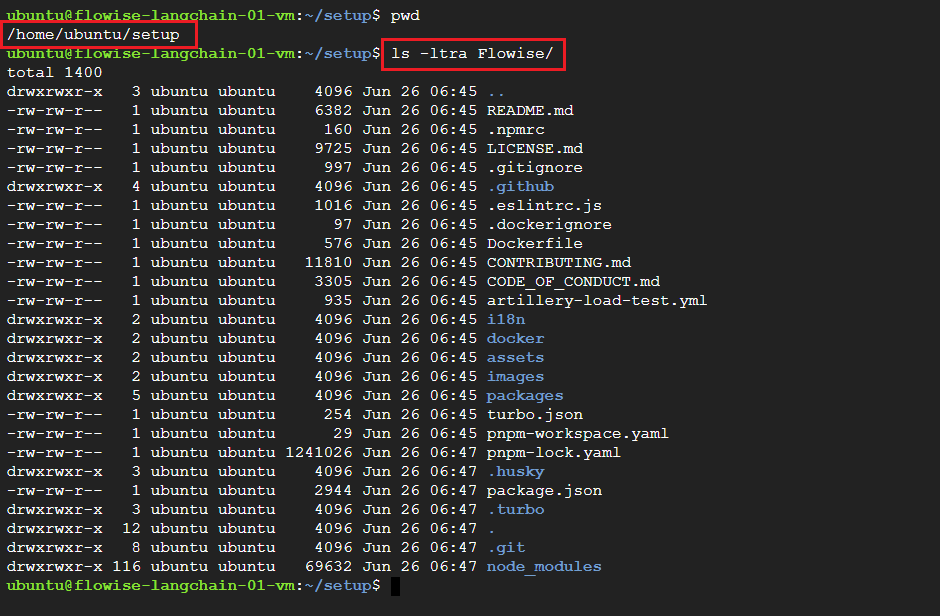Setup and installation of 'Flowise & LangChain' on Azure
This section describes how to launch and connect to ‘No-Code LLM & AI Development using LangChain & Flowise’ VM solution on Azure.
- Open No-Code LLM & AI Development using LangChain & Flowise VM listing on Azure Marketplace.

- Click on Get It Now
- Login with your credentials, provide the details here. Once done click on Continue.

-It will take you to the Product details page. Click on Create.

- Select a Resource group for your virtual machine
- Select a Region where you want to launch the VM(such as East US)
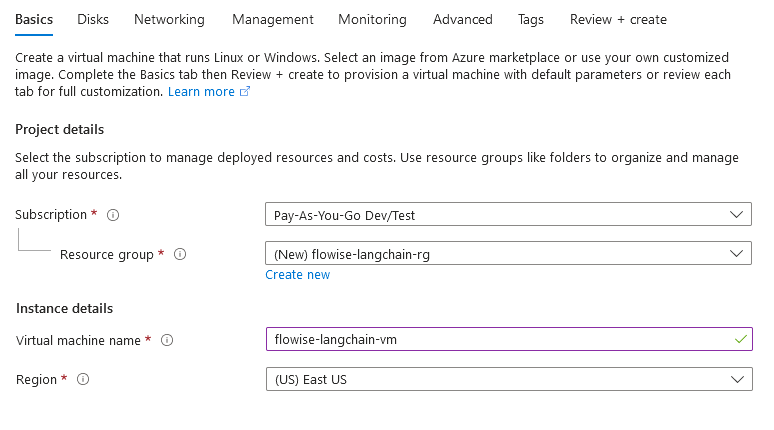
- Note: If you see “This image is not compatible with selected security type. To keep trusted launch virtual machines, select a compatible image. Otherwise change your security type back to Standard” error message below the Image name as shown in the screenshot below then please change the Security type to Standard.
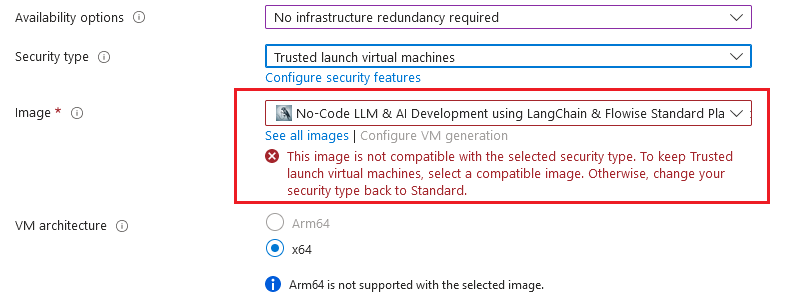

- Optionally change the number of cores and amount of memory. Make sure to use instance size with 8GB or higher RAM for swift performance of the solution.
Select the Authentication type as Password and enter Username as ubuntu and Password of your choice.
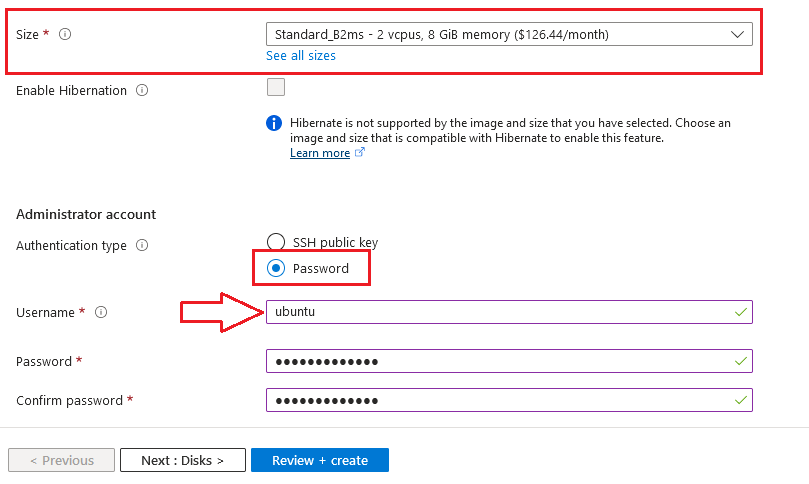
- Optionally change the OS disk size and its type.

- Optionally change the network and subnetwork names. Be sure that whichever network you specify has ports 22 (for ssh), 3389 (for RDP) , 80 (for HTTP) and 443 (for HTTPS) exposed.
The VM comes with the preconfigured NSG rules. You can check them by clicking on Create New option available under the security group option.


- Optionally go to the Management, Advanced and Tags tabs for any advance settings you want for the VM.
- Click on Review + create and then click on Create when you are done.
Virtual Machine will begin deploying.
- A summary page displays when the virtual machine is successfully created. Click on Go to resource link to go to the resource page. It will open an overview page of virtual machine.

- If you want to update your password then open up the left navigation pane, select Run command, select RunShellScript and enter following command to change the password of the vm .
sudo echo ubuntu:yourpassword | chpasswd
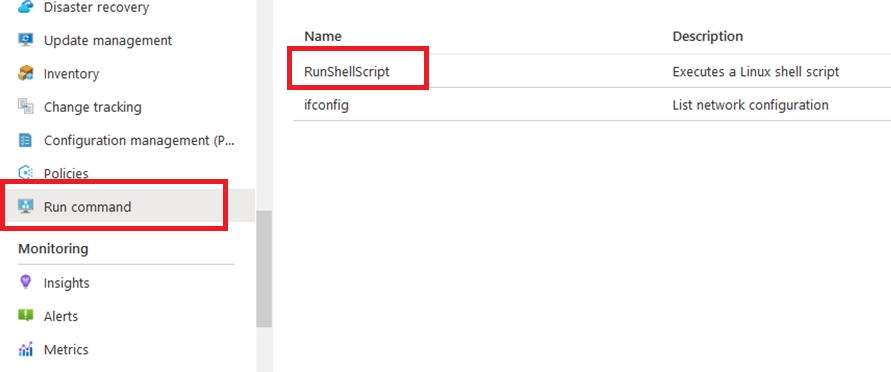
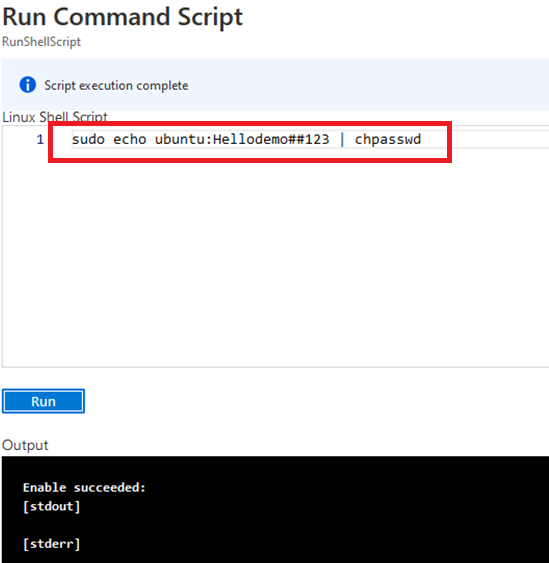
Now the password for ubuntu user is set, you can SSH to the VM. To do so, first note the public IP address of the VM from VM details page as highlighted below

Open putty, paste the IP address and click on Open.
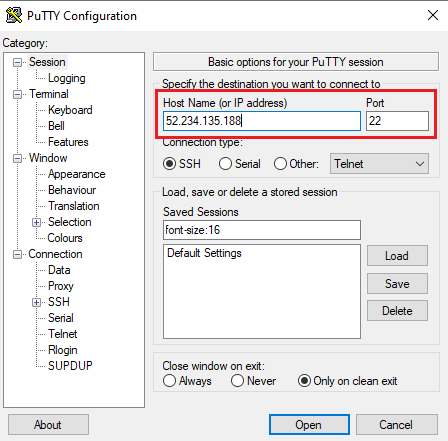
login as ubuntu and provide the password for ‘ubuntu’ user.
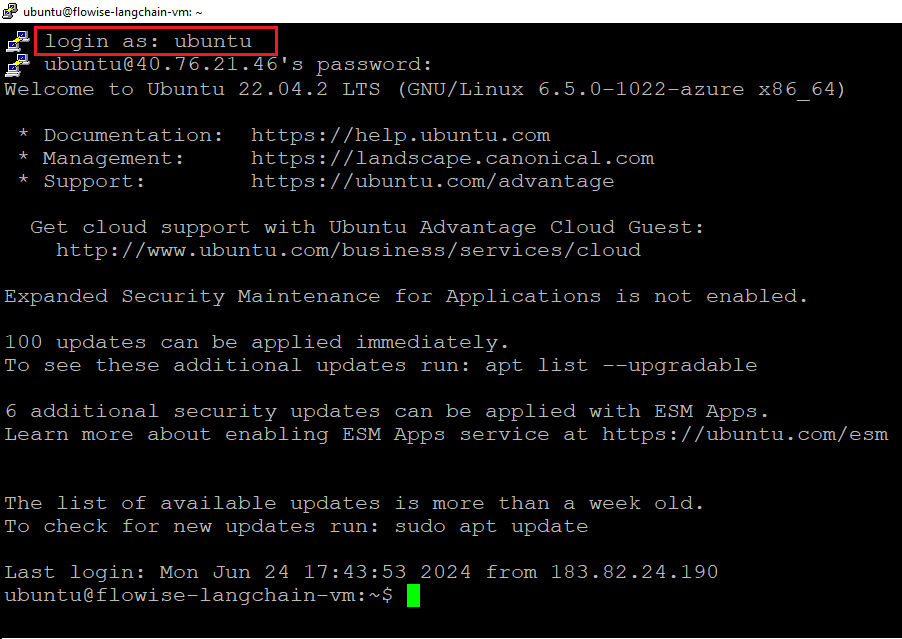
-
You can also connect to the VM’s desktop environment from any local windows machine using RDP protocol or local linux machine using Remmina.
-
To connect using RDP via Windows Machine, first note the public IP address of the VM from VM details page as highlighted below

- Then From your local windows machine, goto “start” menu, in the search box type and select “Remote desktop connection”.
In the “Remote Desktop connection” wizard, copy the public IP address and click connect

- This will connect you to the VM’s desktop environment. Provide the username (e.g “ubuntu”) and the password set in the step4 to authenticate. Click OK
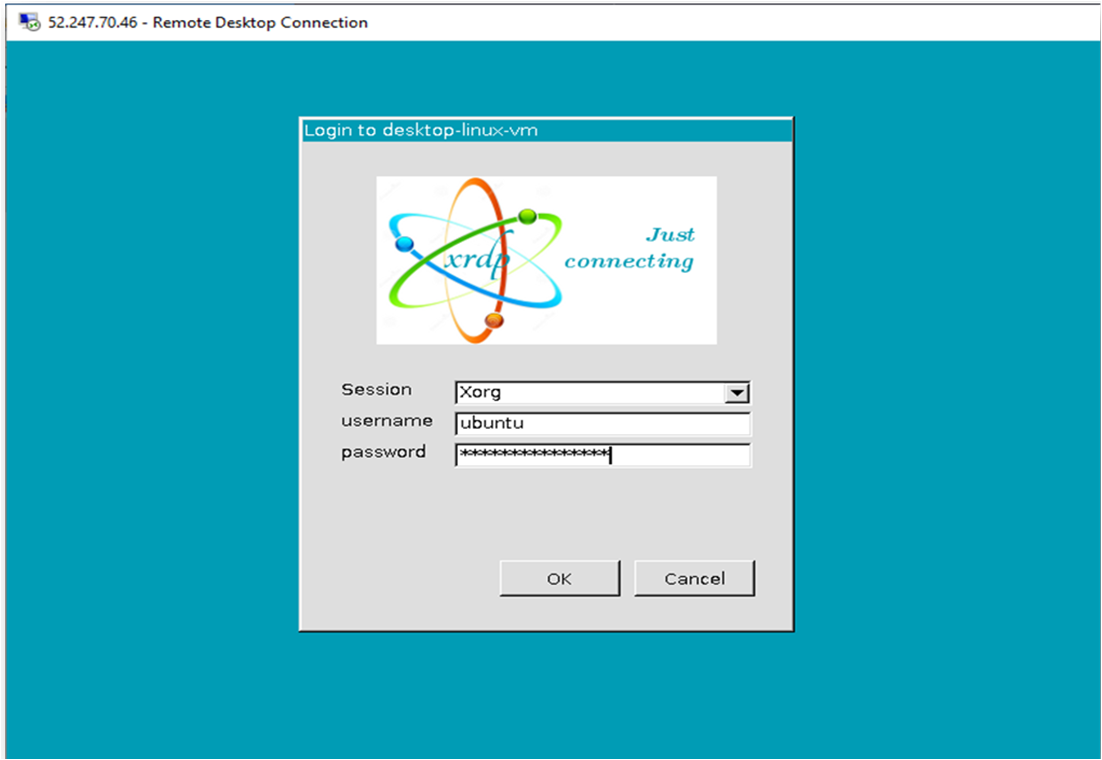
- Now you are connected to the out of box No-Code LLM & AI Development using LangChain & Flowise environment via Windows Machine.
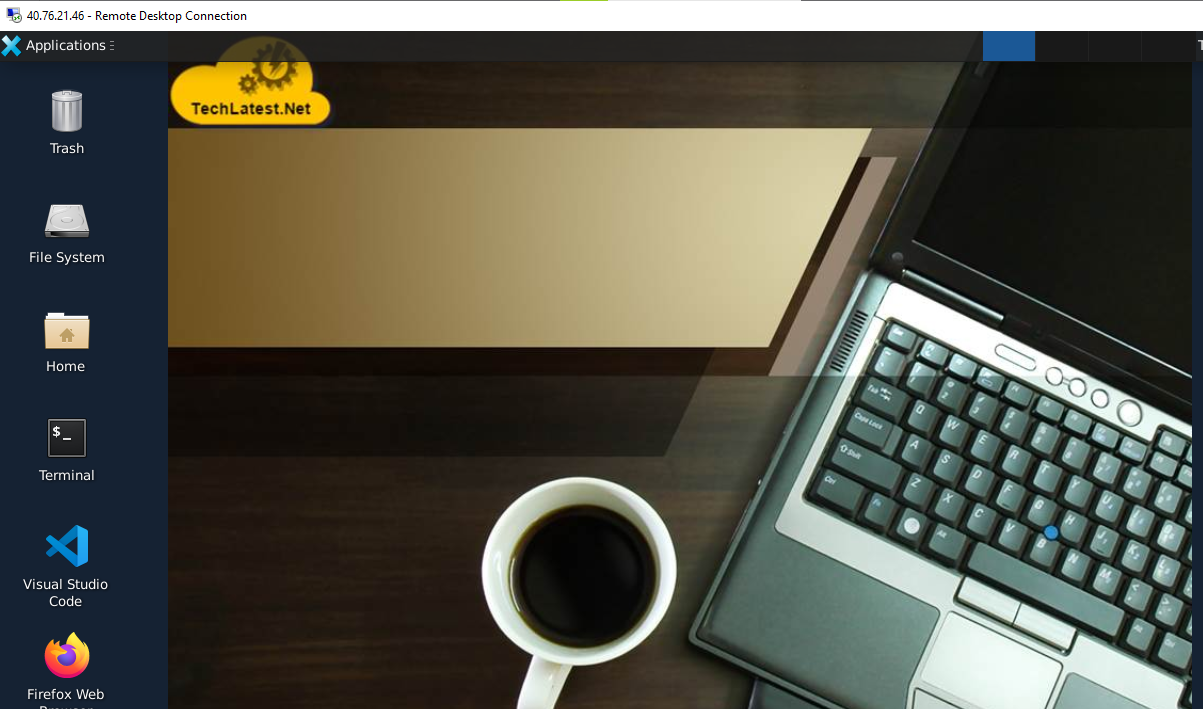
- To connect using RDP via Linux machine, first note the external IP of the VM from VM details page, then from your local Linux machine, goto menu, in the search box type and select “Remmina”.
Note: If you don’t have Remmina installed on your Linux machine, firstInstall Remmina as per your linux distribution.
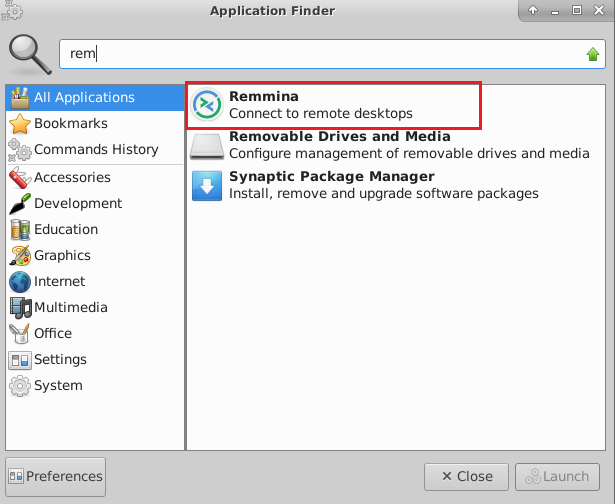
- In the “Remmina Remote Desktop Client” wizard, select the RDP option from dropdown and paste the external ip and click enter.
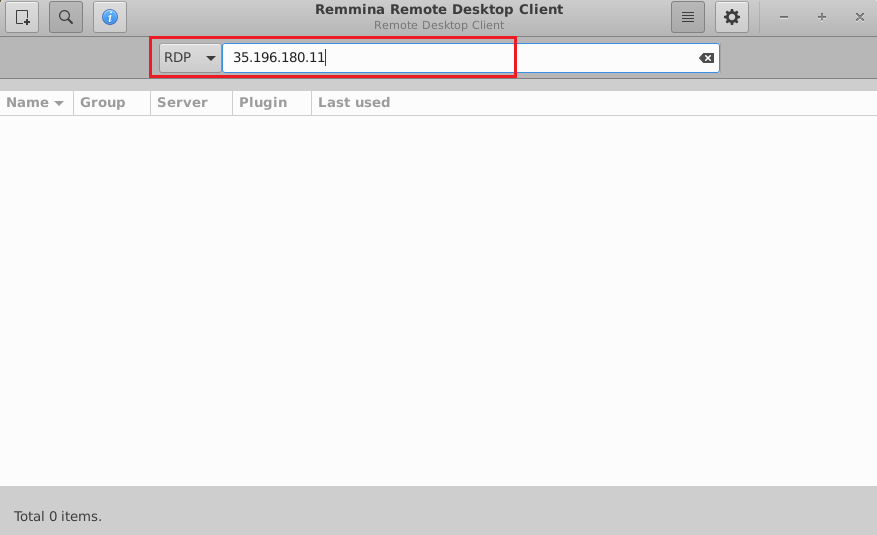
- This will connect you to the VM’s desktop environment. Provide “ubuntu” as the userid and the password set in above reset password step to authenticate. Click OK
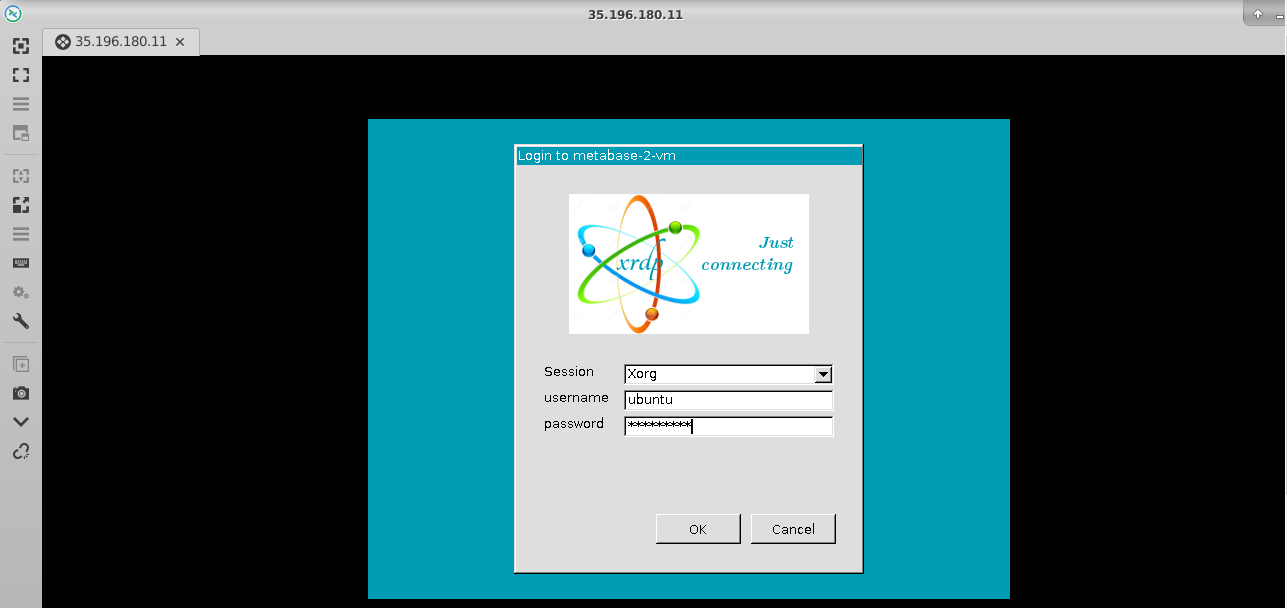
- Now you are connected to out of box No-Code LLM & AI Development using LangChain & Flowise environment via Linux machine.

- To access the Flowise User interface, copy the public IP of the VM and paste it in the Browser. Hit enter.
Accept the security warning. Create new admin account on this registration page.
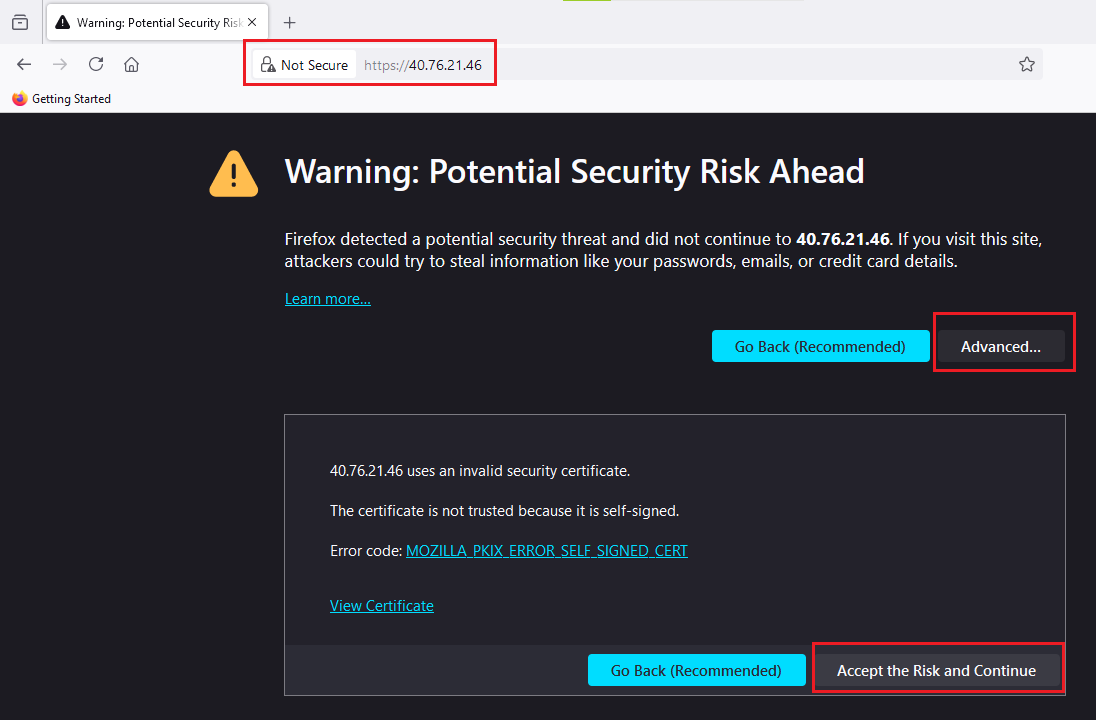
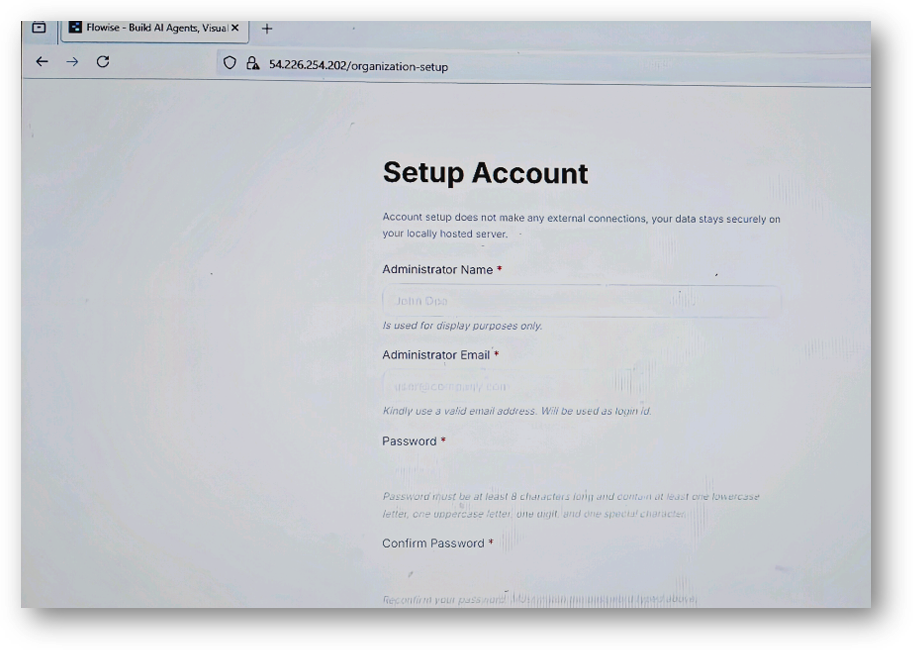
- Here you have your your Flowise UI available to you.
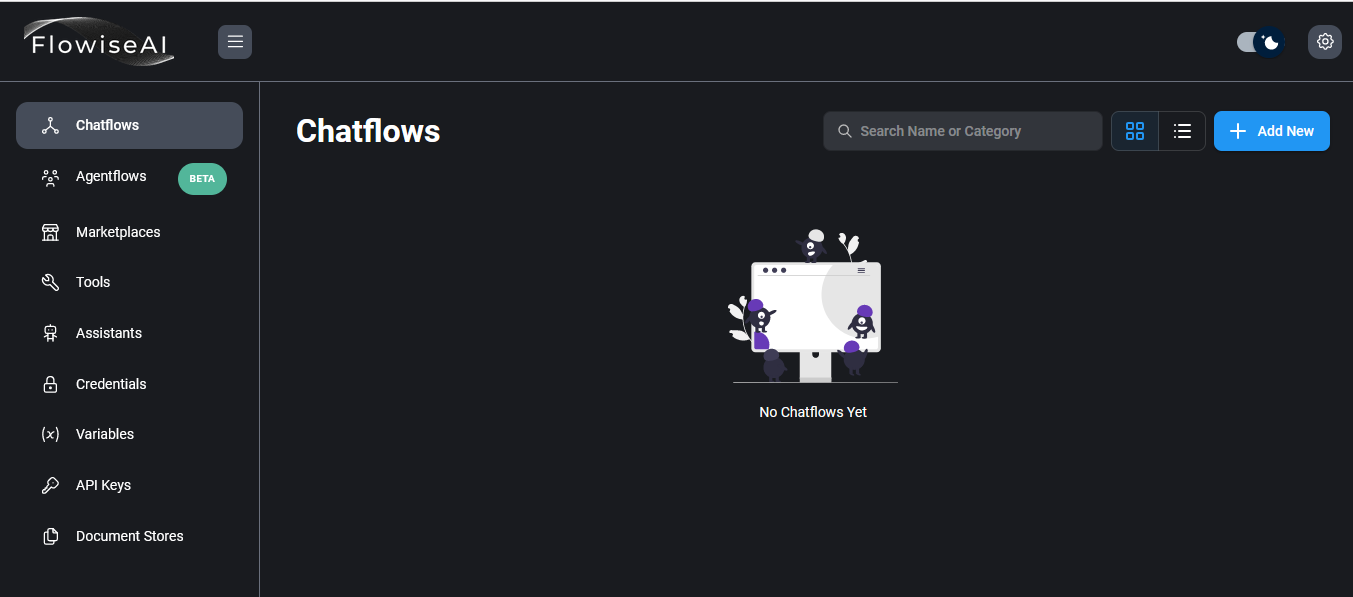
- You can create the new API key by navigating to API Keys from left pane and clicking on the Create Key button.

- To add the new chatflow, select chatflow from left pane and click on Add New button.
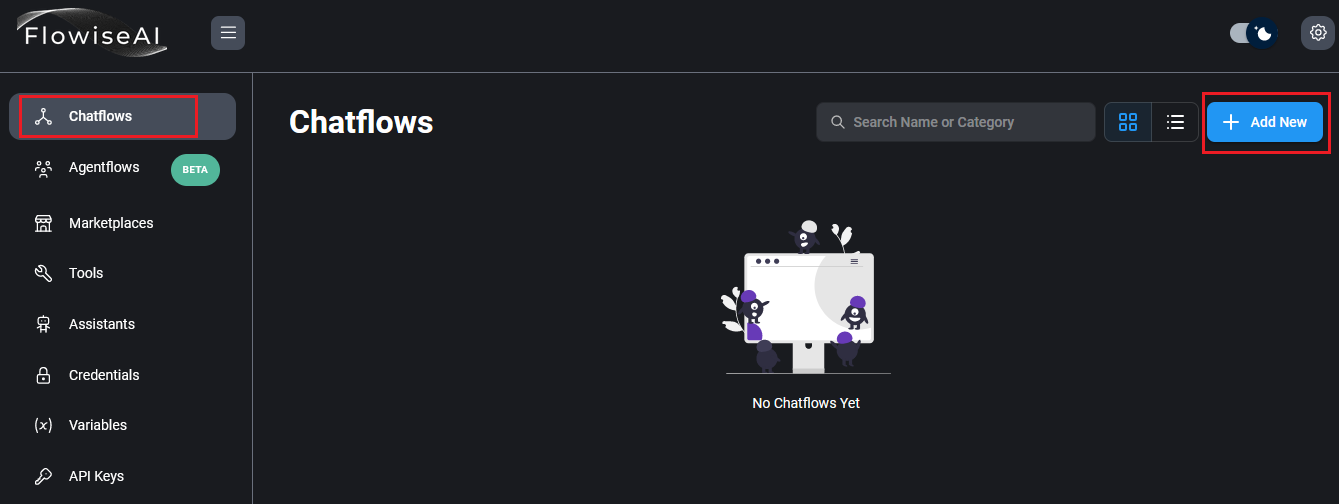
- On this page , you can select from various nodes to work with.
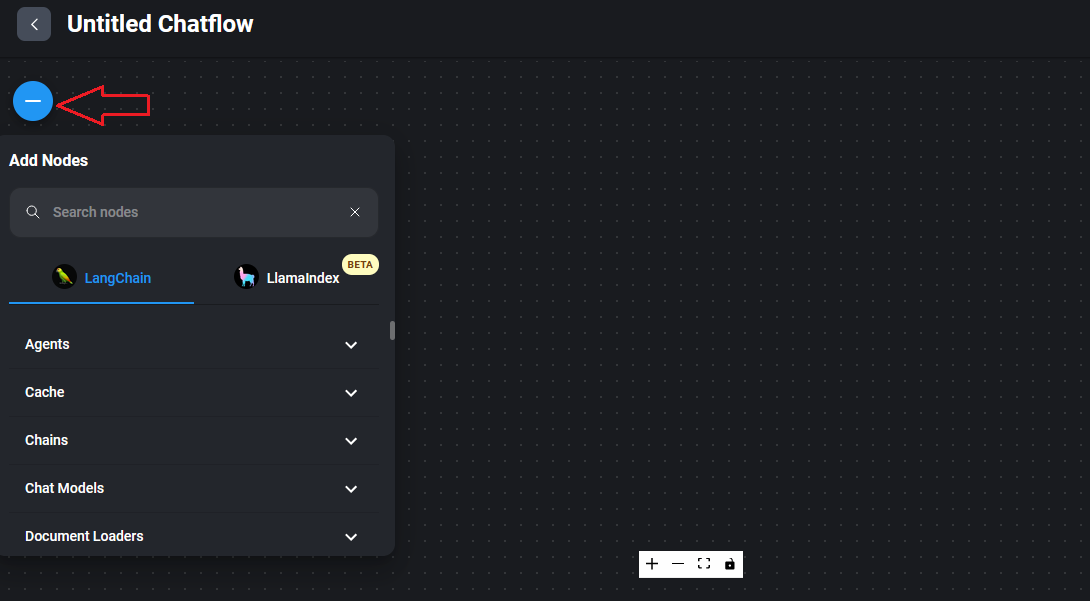
- The Flowise setup file is available at /home/ubuntu/setup/Flowise directory.
